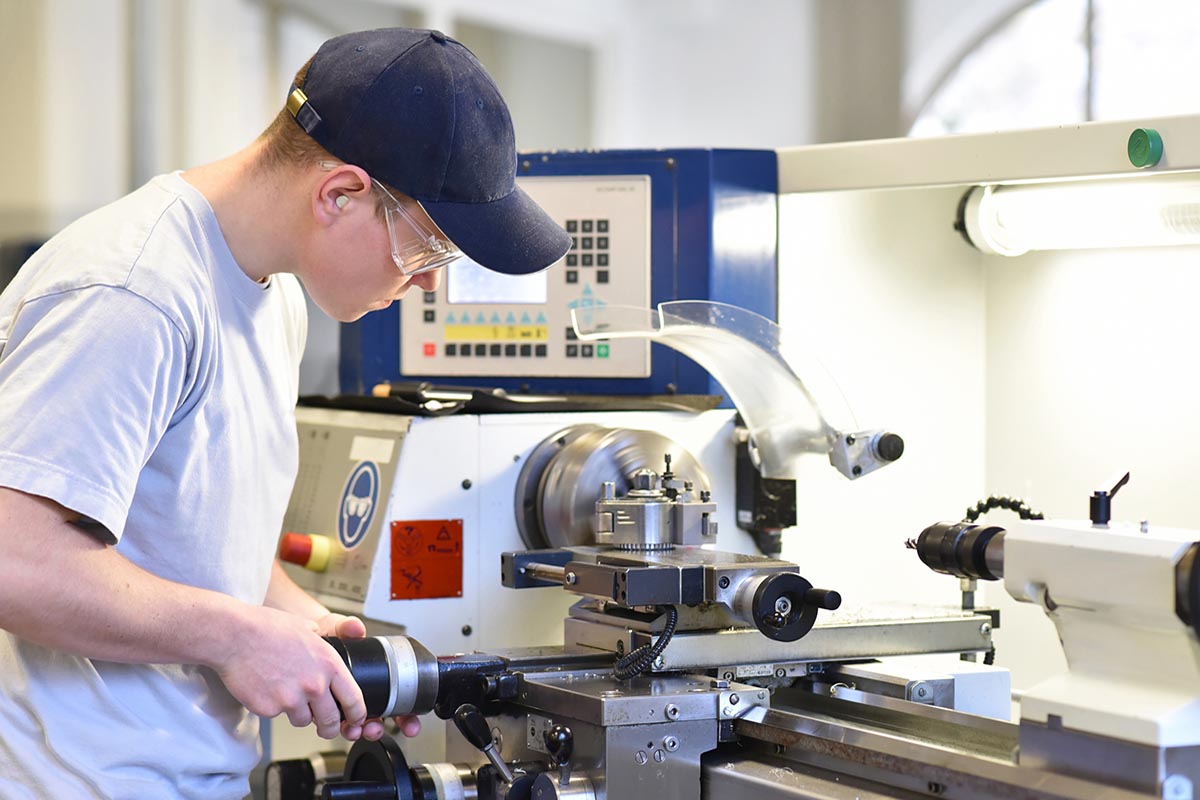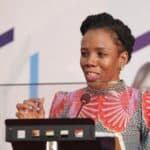The COVID-19 (Coronavirus) pandemic is transforming education in unprecedented ways. The focus of the Career-related Programme (CP) team has been on responding to the myriad of altered school teaching and learning contexts. We are taking steps to engage with our community and reflect on what a ‘new reality’ might mean for the foreseeable future. What lessons have we learned so far?

Career-related Programme (CP) schools have proven to be at the forefront of innovative teaching and learning practices, integration of digital pedagogy and managing uncertainty.[1] However 2020 has tested even the most adaptive and creative of schools, brought the ritual of teaching into question and acted as a catalyst for conversations about what and how to learn.
According to (OECD) data, most governments invest only between two percent and 4.5 percent of their gross domestic product on education.[2] In the light of the last six months, this figure seems small for addressing the many new challenges that schools face with regards to every aspect of school life. CP curriculum designers have been actively listening to school and professional learning communities to inform what we prioritize and how we evolve our thinking about the programme.
What have we learned from CP schools?
The thought at the top of CP educators’ minds is: well-being. Student well-being, teacher well-being, community well-being and global well-being are all highlighted in conversation. It is clear that this global health crisis impacts every aspect of our lives, but it is also heartening to hear of schools’ rising to the challenge and continuing to nurture students and communities. This is beautifully exemplified by the experience of Lanna Sayles, 2020 graduate from Prem Tinsulanonda International School in Thailand, who received a scholarship to study rhetoric and media studies at Lewis & Clark College in Portland. She attributes her achievement to the unique experiences the CP offers as well as the regular support through Zoom calls with school mentors, all the way up to a virtual graduation ceremony.
This example of creative practice also brings about questions of access. Clearly, flexibility is a key feature of schooling at the moment. Students must have the opportunity to access the material at different times and ways that best suit their situation. We are currently learning more about gaps in digital access. Not all students have access to the technology needed to connect to online classes or complete learning engagements in the typical way. As learning, in many contexts, continues to have an unpredictable pattern of engagements and spaces, our attention turns to issues of accessibility and equality when designing new resources.
We know of CP schools using the World Economic Forum’s publication on lessons learned from the pandemic. The agency recognizes that many global education systems do not prioritize the emotional well-being of students. As a consequence of the pandemic, anxiety, uncertainty and fear have become all too real challenges for schools.
Katy Farber, an educator with more than 20 years of experience and author of three books on education, emphasizes that during this time, families and teachers, should team up to create supportive learning plans for students.
“We are living through a slow-motion collective trauma”.
In planning for the future, mental health, environmental factors and dealing with conversations about hard things like loss, grief or societal issues require more attention and resources. She believes it is through collaborative work that we can, indeed, move through these challenges together.
What have we learned inside the IB?
In preparing for CP’s remote learning guidance on we identified a key risk of returning to passive ‘chalk and talk’ learning. It is important to focus on providing resources and support that enables students to continue their IB learning journey and connect informally, either by chat or videoconference during the online classes or designated safe spaces, both with peers and adults from the school.
We are focusing on our role in responding to the issues of inequality the pandemic has exacerbated. It is important to us that we work closely with our schools to address emerging issues and unite minimize this gap. To this end we are exploring more place-based and social justice informed learning approaches.
What next for CP?
We are not planning for business as usual. As we look to current needs and the future design of the programme we are investing more energy and resources in engaging directly with schools. We are also working to address whether the assessment systems we have used up to now will continue to support active learning.
You can find more information and resources in the Supporting guidance for CP schools May 2021.
If you enjoyed this story, consider reading more below:



